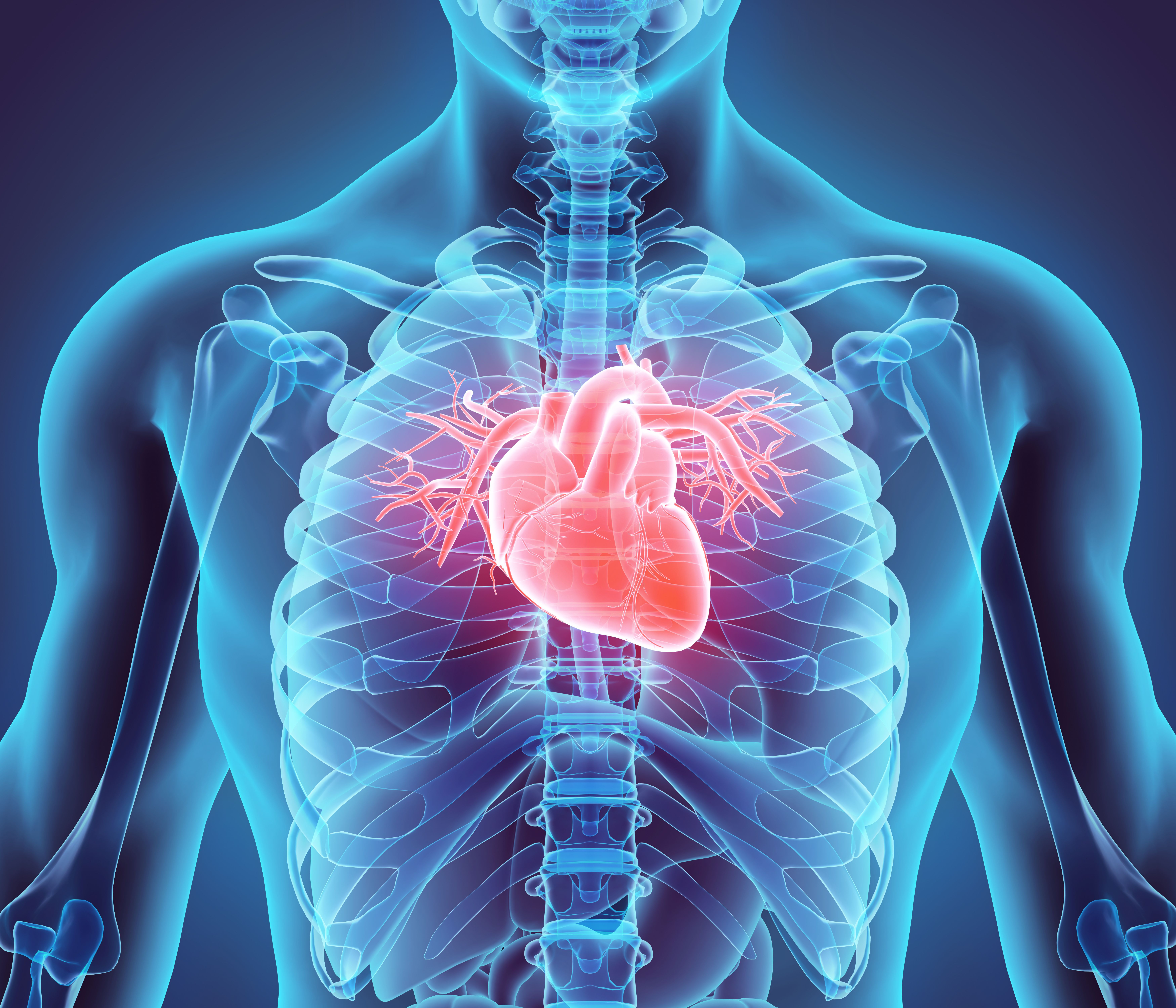Article
What is a DO?
Author(s):
The differences and similarities between MDs and DOs.
President Trump’s treatment for COVID has brought his physician, Sean Conley, DO, into the public spotlight, as he provides briefings on the president’s health.
Many people have been confused by Conley’s DO designation, not understanding what it means or what training he and the more than 120,000 DOs in the United States have compared to MDs. Let’s take a look.
What training do DOs receive?
Doctors of Osteopathic Medicine, or DOs, are fully licensed physicians who practice in all areas of medicine and receive similar training to MDs. Emphasizing a whole-person approach to treatment and care, DOs are trained to listen and partner with their patients to help them get healthy and stay well, according to the American Osteopathic Association.
DOs receive special training in the musculoskeletal system. Through Osteopathic Manipulative Treatment, DOs use their hands to diagnose illness and injury and encourage the body’s natural tendency toward self-healing. OMT is often used to treat muscle pain, but it can also help provide relief for patients with asthma, sinus disorders, carpal tunnel syndrome and migraines. In many cases, OMT can be used to complement, or even replace, drugs or surgery.
Doctors of Osteopathic Medicine are trained to partner with patients to help them get healthy and stay well. From their first days of osteopathic training, DOs learn to see an interrelated unity among all systems of the body, each working with the other to heal in times of illness. DOs are trained in the art of listening and communicating with their patients, giving them a deep understanding of how lifestyle and environmental factors can influence wellbeing.
Upon graduating from osteopathic medical school, DOs complete internships, residencies and fellowships, which prepare them to become licensed and board-certified. Doctors of Osteopathic Medicine practice their distinct philosophy in all types of settings and in every medical specialty.





